By 1923 Stutz was closing out the second chapter in the company's history. Wisconsin T-head engines powered the early cars while the Stutz-made dual-valve four-cylinder powered cars that were post-1917 models. By 1922 the big Stutz four (now called the Speedway four), though a remarkable motor, was beginning to show its age. The large T-head four was a remnant of an earlier time. Stutz did its best to keep the venerable four viable—even making a detachable head version—but realized a more modern engine was needed. Sales were slipping and Stutz designers knew a more marketable model was needed. All the other major manufacturers were producing six- and eight- cylinder engines. Lacking the resources for a fully revamped car, Stutz turned to engine producer Weidely. Weidely could supply a well-designed overhead valve six-cylinder motor. Though by now separated from his company, Harry Stutz chose the Weidely motors for his new automotive venture: the HCS. These durable engines gave good performance with the smoothness demanded by the public. These engines were well made though perhaps a bit pedestrian by Stutz standards. The push rod operated, overhead valve-train was hidden beneath an attractive alloy valve cover. Engine casting was one-piece cast iron. Ignition was handled by a single-plug Delco distributor. Not an earth-shattering design, but it provided good performance with the features the market demanded. Some would argue it was Stutz's first and perhaps only step toward a more sedate car. To answer the critics demanding more performance from America's sportiest car Stutz developed and built a more potent version of the Weidely motor the Speedway Six. The six-cylinder Stutz era did usher in several technical advances most notably four-wheel hydraulic brakes in 1925. The Six also was the first Stutz to adopt a conventional transmission design making it perhaps the best handling Stutz to date. The combination of the refined motor, exceptional Stutz chassis and light roadster bodywork should add up to a delightful machine to drive. Its large Houck wire wheels give the car a sporty appearance that further enhances this attractive Stutz. The Stutz Six program was short lived, making the cars today quite rare, especially the sportier body styles. This roadster is a benchmark example of the six-cylinder series. The very original car has been subject to a high quality re-spray but the interior remains completely original and in amazing condition. The original Spanish leather has remained in almost like new condition. Great effort has been put into keeping this car as authentic as possible. Close examination will reveal meticulous attention to detail and the car has excellent potential for show competition. This is truly an exceptional example of one of the scarcest of Stutz models and marks an important transition period in the history of the company.
By 1923 Stutz was closing out the second chapter in the company's history. Wisconsin T-head engines powered the early cars while the Stutz-made dual-valve four-cylinder powered cars that were post-1917 models. By 1922 the big Stutz four (now called the Speedway four), though a remarkable motor, was beginning to show its age. The large T-head four was a remnant of an earlier time. Stutz did its best to keep the venerable four viable—even making a detachable head version—but realized a more modern engine was needed. Sales were slipping and Stutz designers knew a more marketable model was needed. All the other major manufacturers were producing six- and eight- cylinder engines. Lacking the resources for a fully revamped car, Stutz turned to engine producer Weidely. Weidely could supply a well-designed overhead valve six-cylinder motor. Though by now separated from his company, Harry Stutz chose the Weidely motors for his new automotive venture: the HCS. These durable engines gave good performance with the smoothness demanded by the public. These engines were well made though perhaps a bit pedestrian by Stutz standards. The push rod operated, overhead valve-train was hidden beneath an attractive alloy valve cover. Engine casting was one-piece cast iron. Ignition was handled by a single-plug Delco distributor. Not an earth-shattering design, but it provided good performance with the features the market demanded. Some would argue it was Stutz's first and perhaps only step toward a more sedate car. To answer the critics demanding more performance from America's sportiest car Stutz developed and built a more potent version of the Weidely motor the Speedway Six. The six-cylinder Stutz era did usher in several technical advances most notably four-wheel hydraulic brakes in 1925. The Six also was the first Stutz to adopt a conventional transmission design making it perhaps the best handling Stutz to date. The combination of the refined motor, exceptional Stutz chassis and light roadster bodywork should add up to a delightful machine to drive. Its large Houck wire wheels give the car a sporty appearance that further enhances this attractive Stutz. The Stutz Six program was short lived, making the cars today quite rare, especially the sportier body styles. This roadster is a benchmark example of the six-cylinder series. The very original car has been subject to a high quality re-spray but the interior remains completely original and in amazing condition. The original Spanish leather has remained in almost like new condition. Great effort has been put into keeping this car as authentic as possible. Close examination will reveal meticulous attention to detail and the car has excellent potential for show competition. This is truly an exceptional example of one of the scarcest of Stutz models and marks an important transition period in the history of the company.
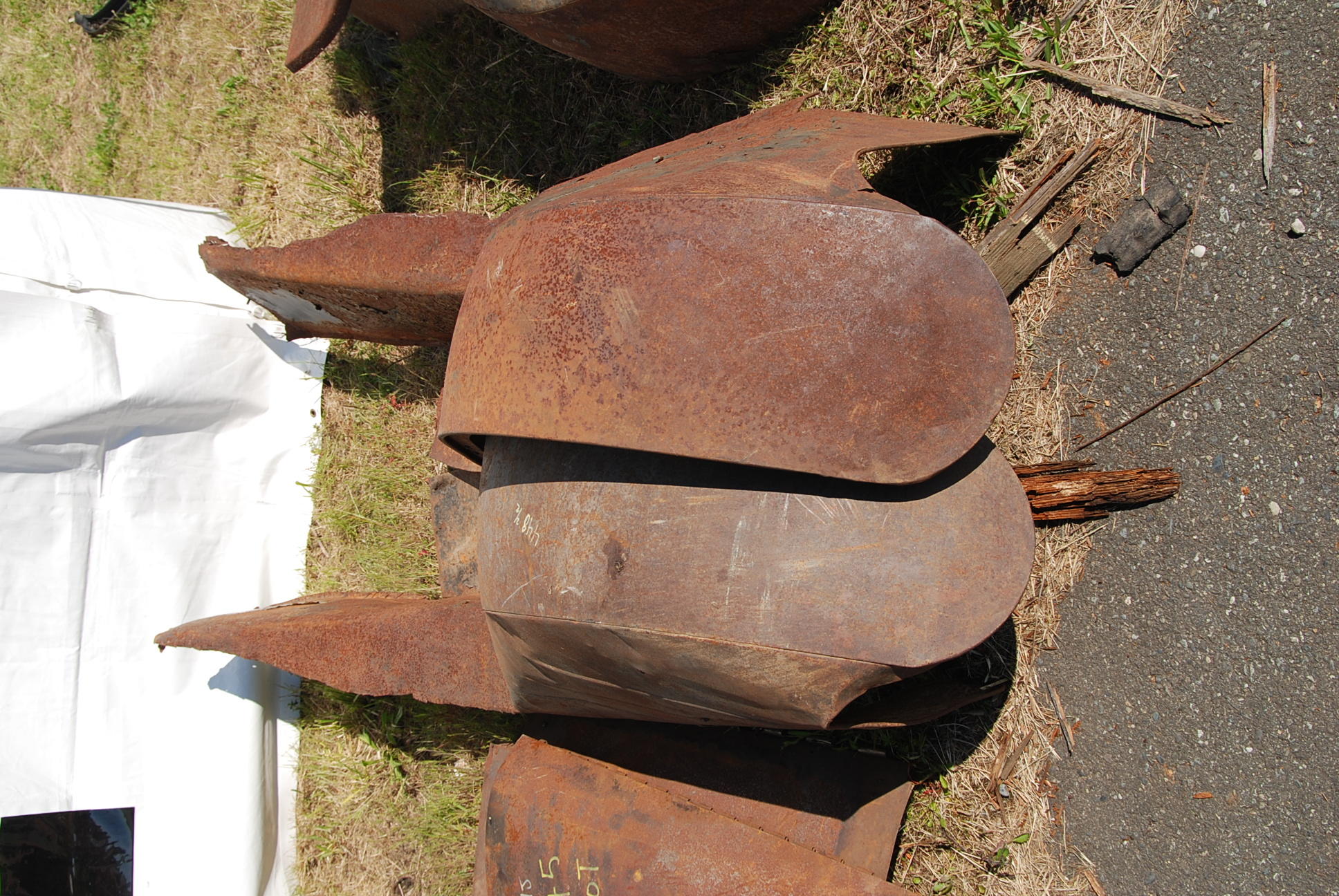
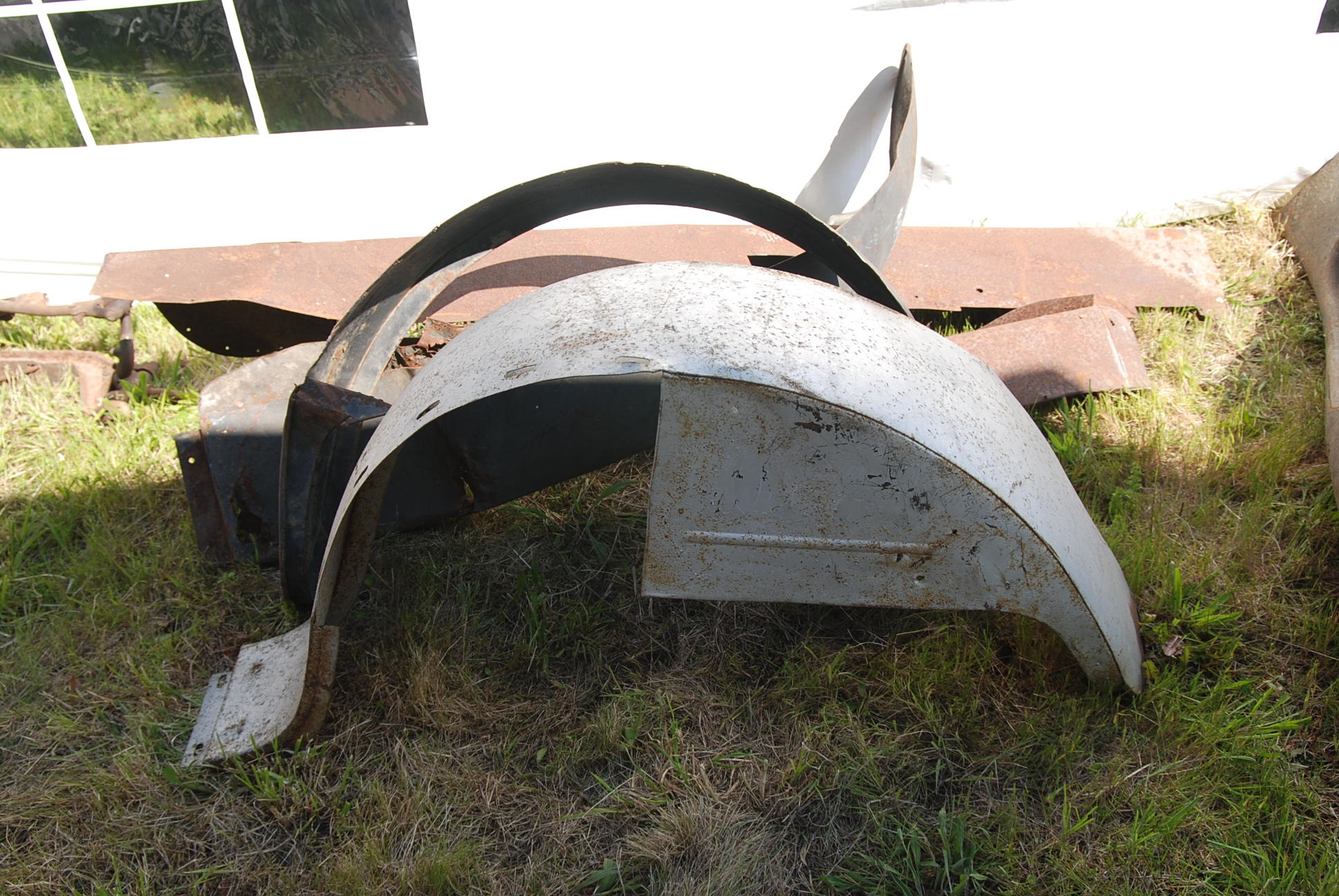
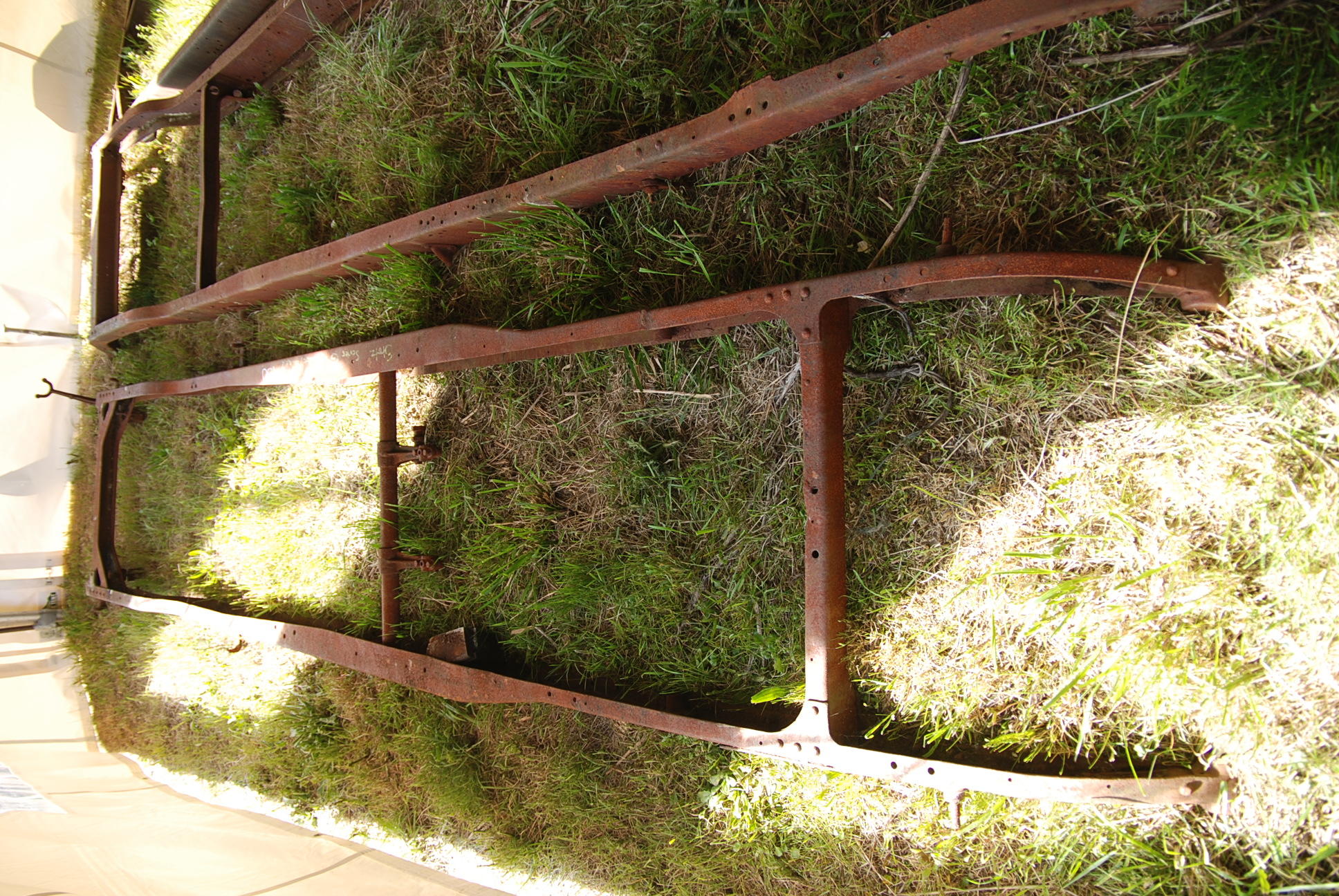
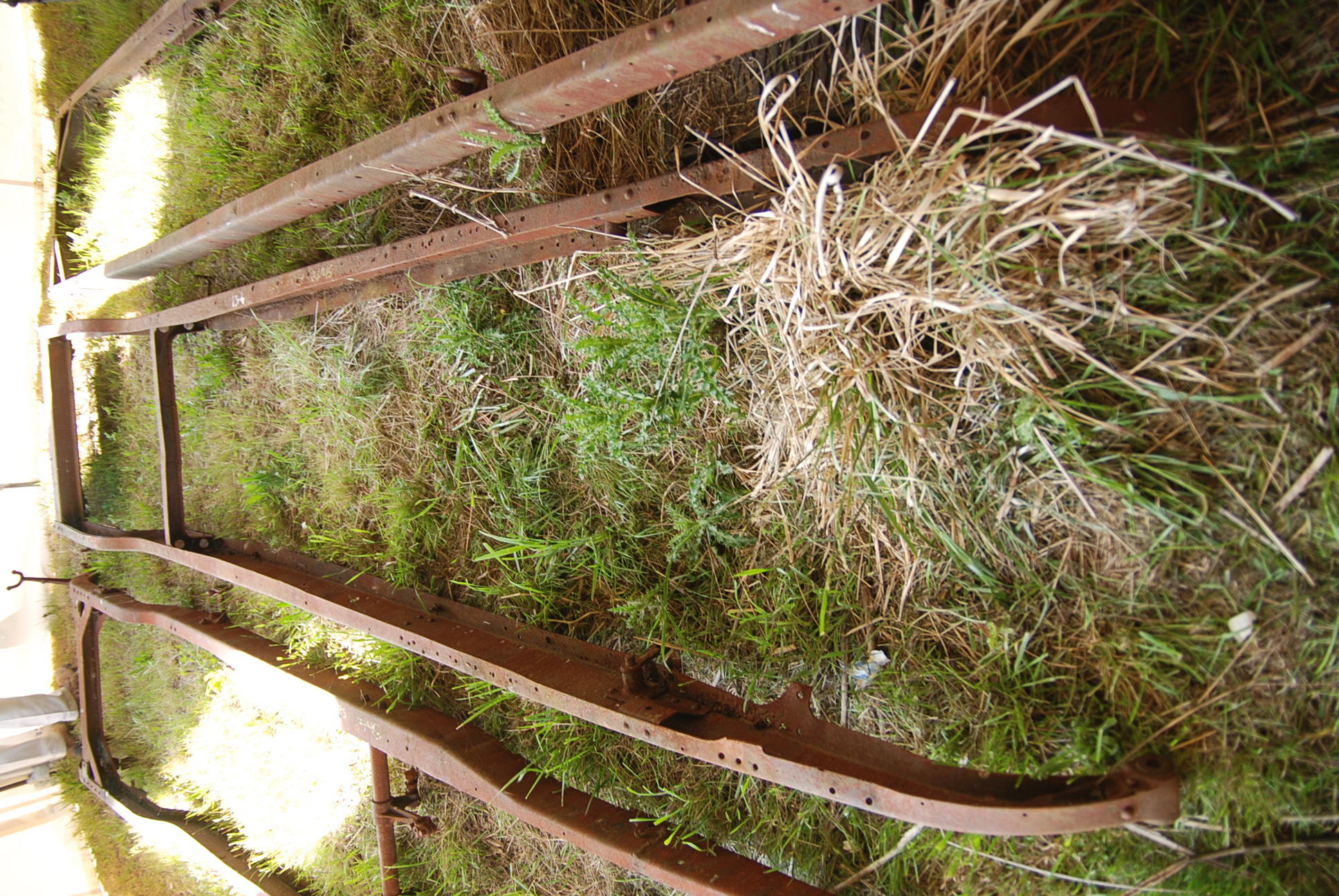
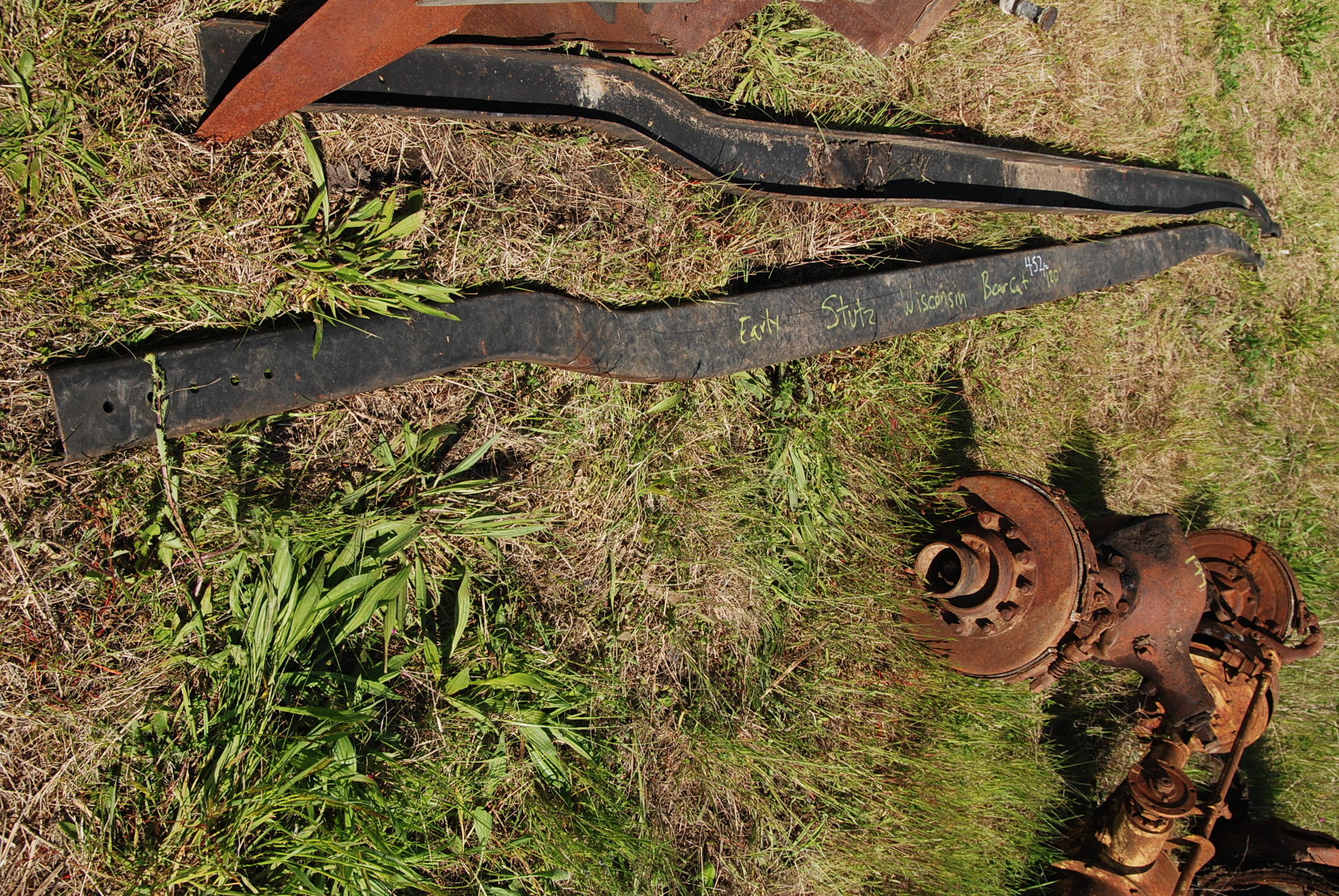
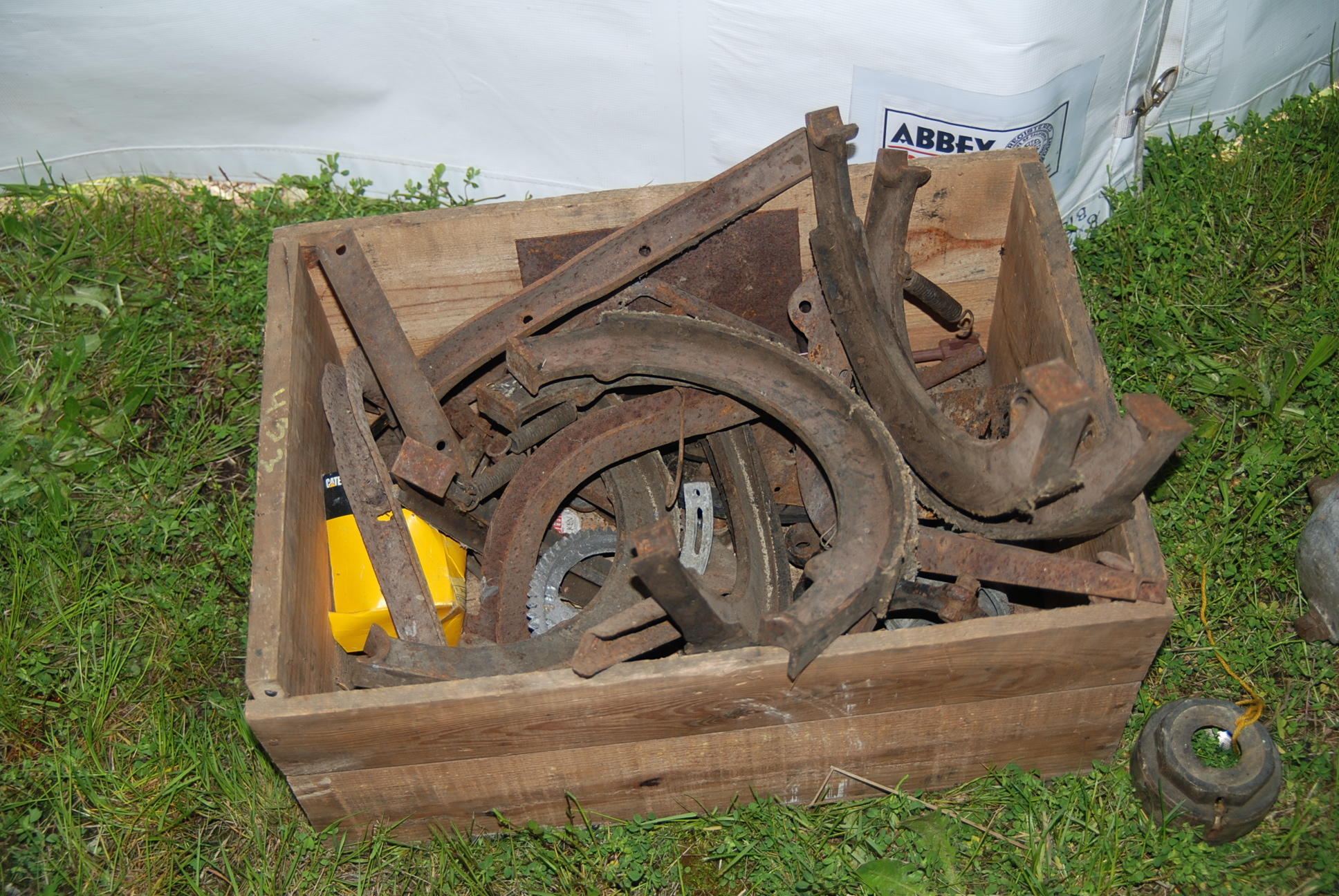
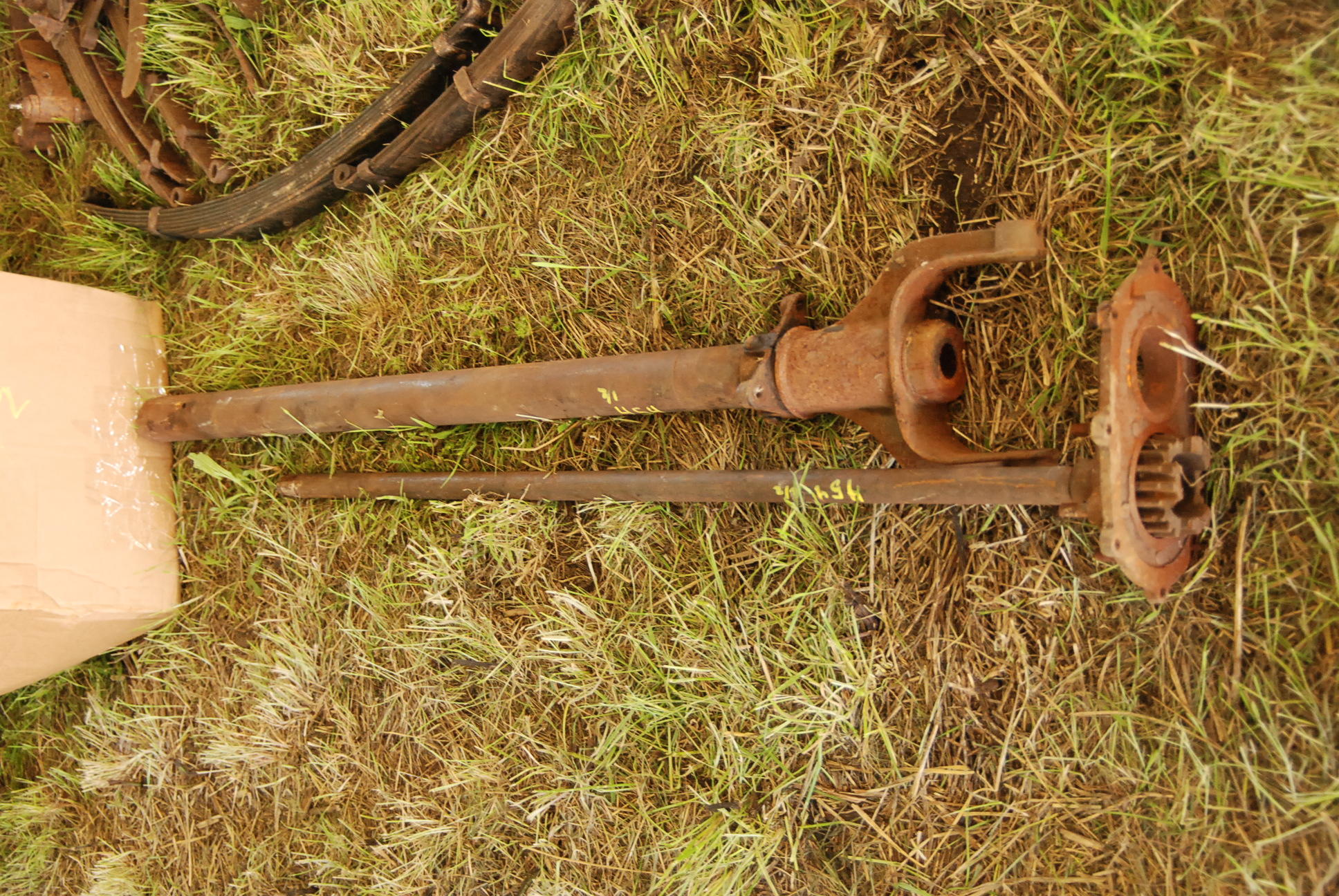
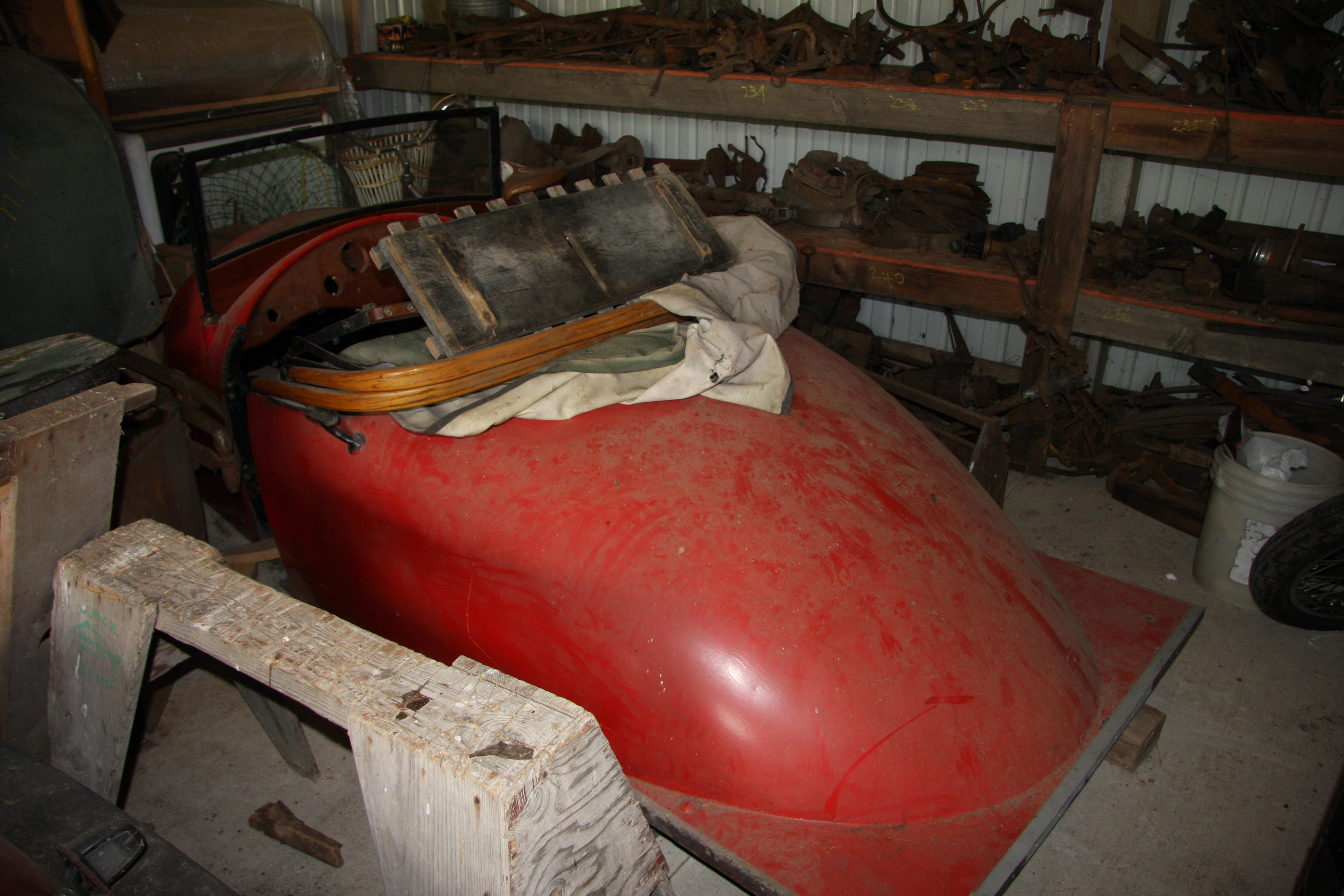
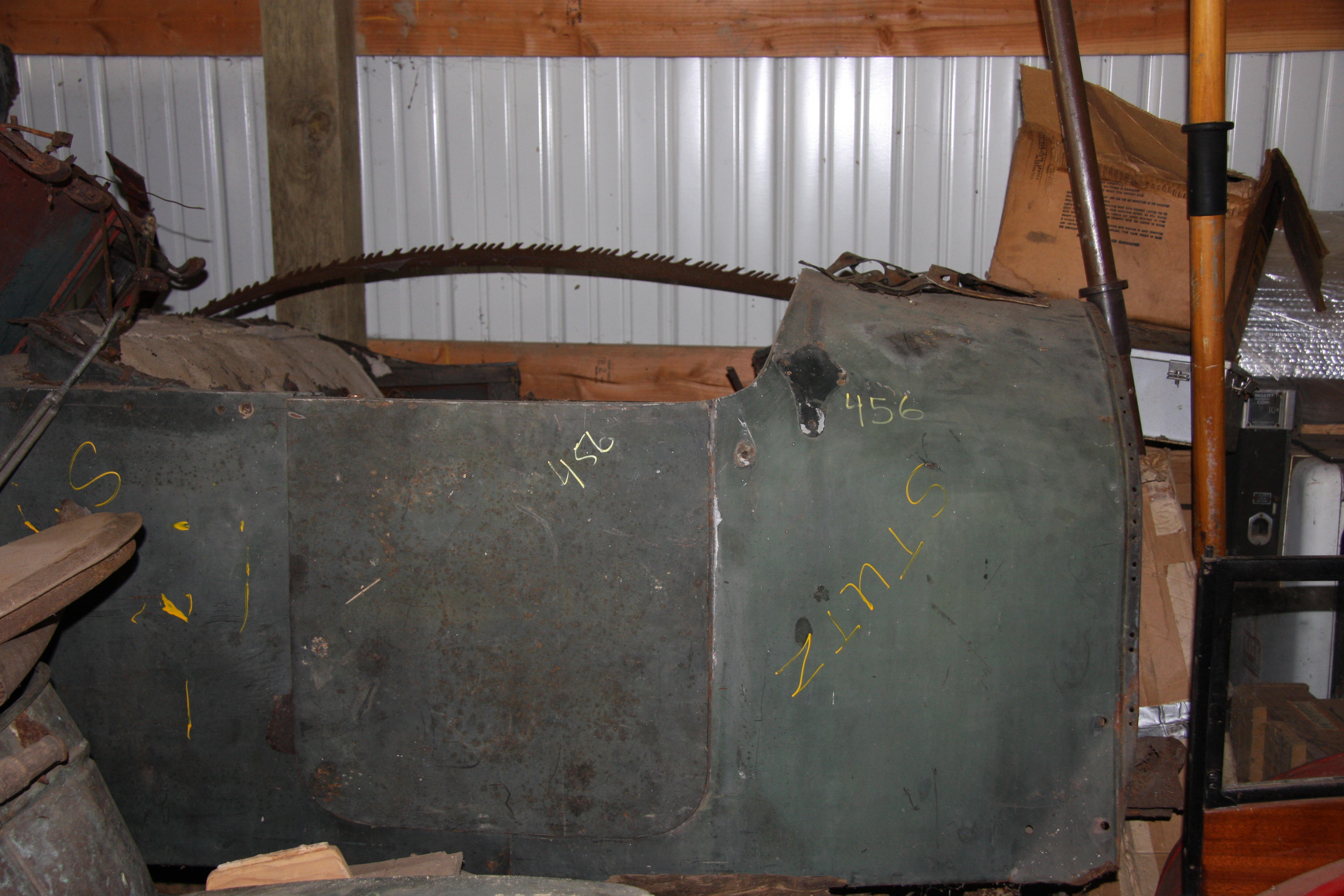
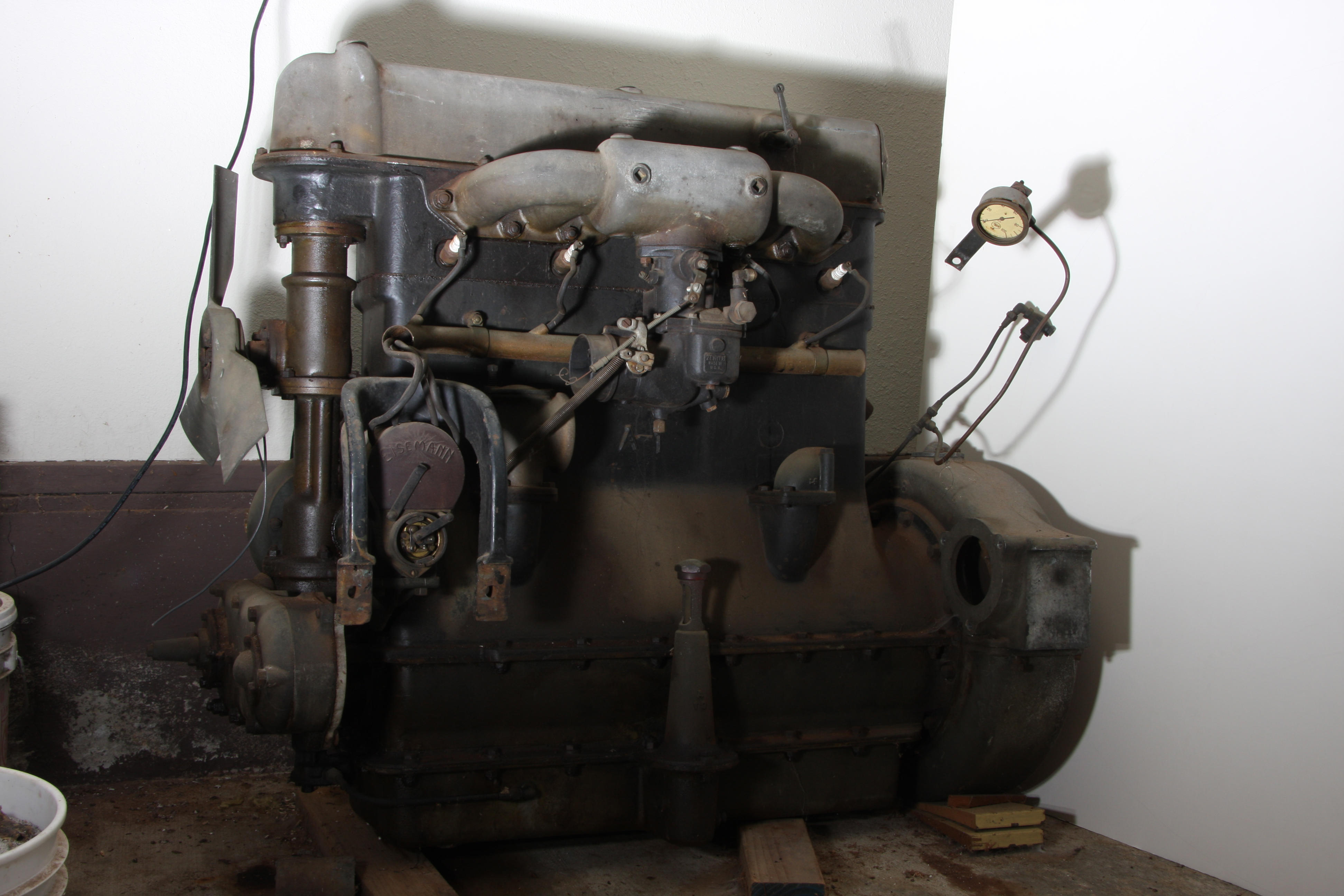
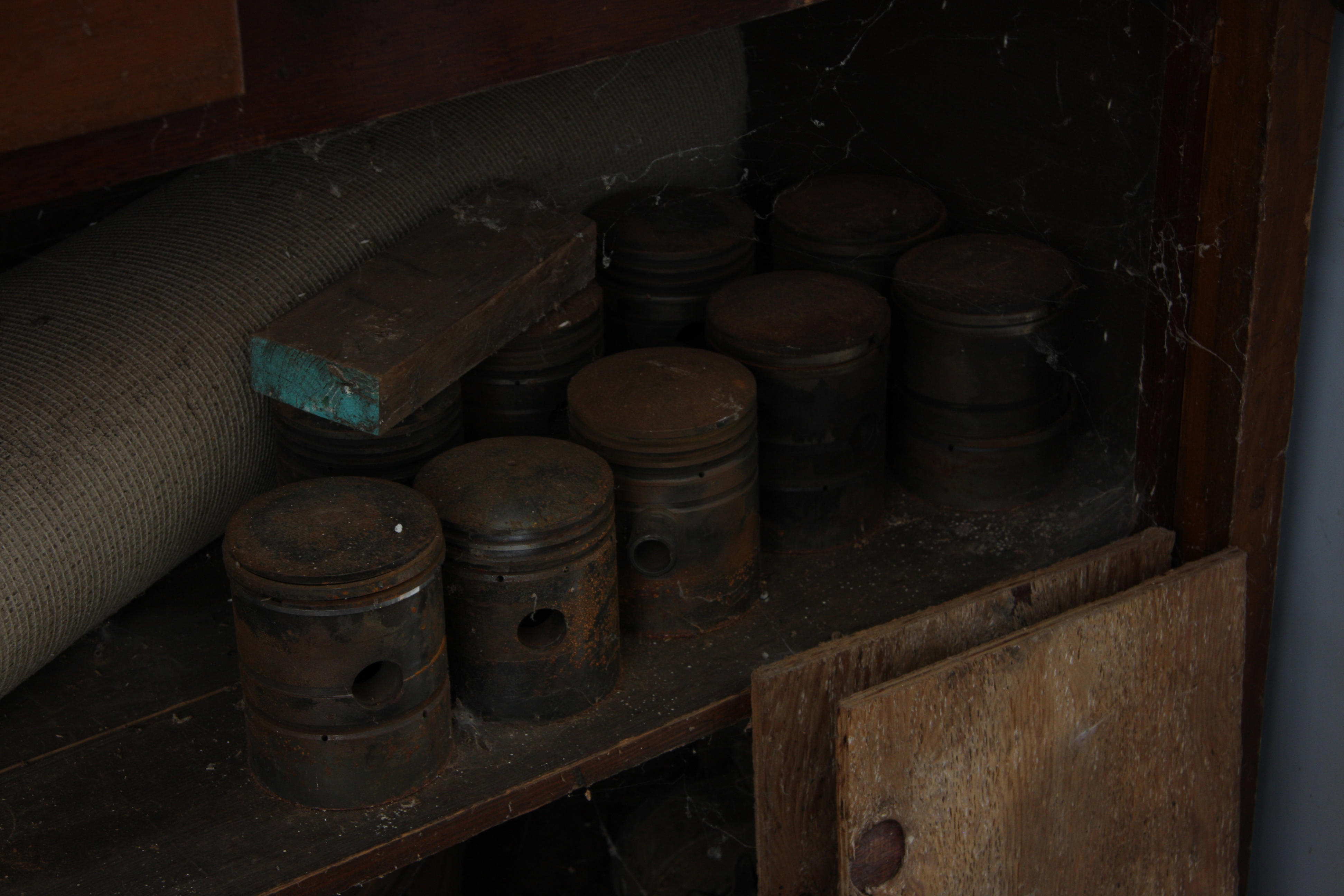
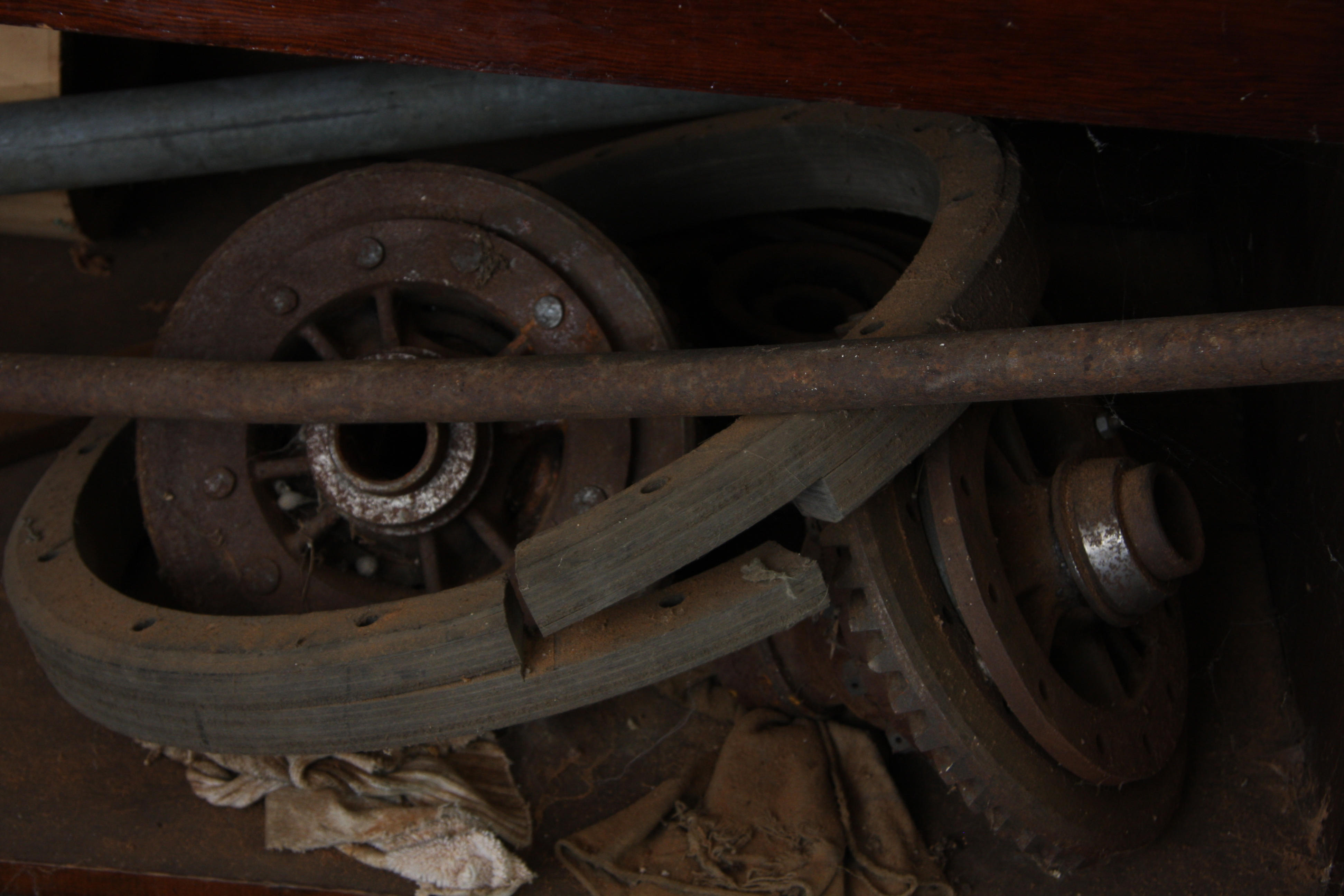

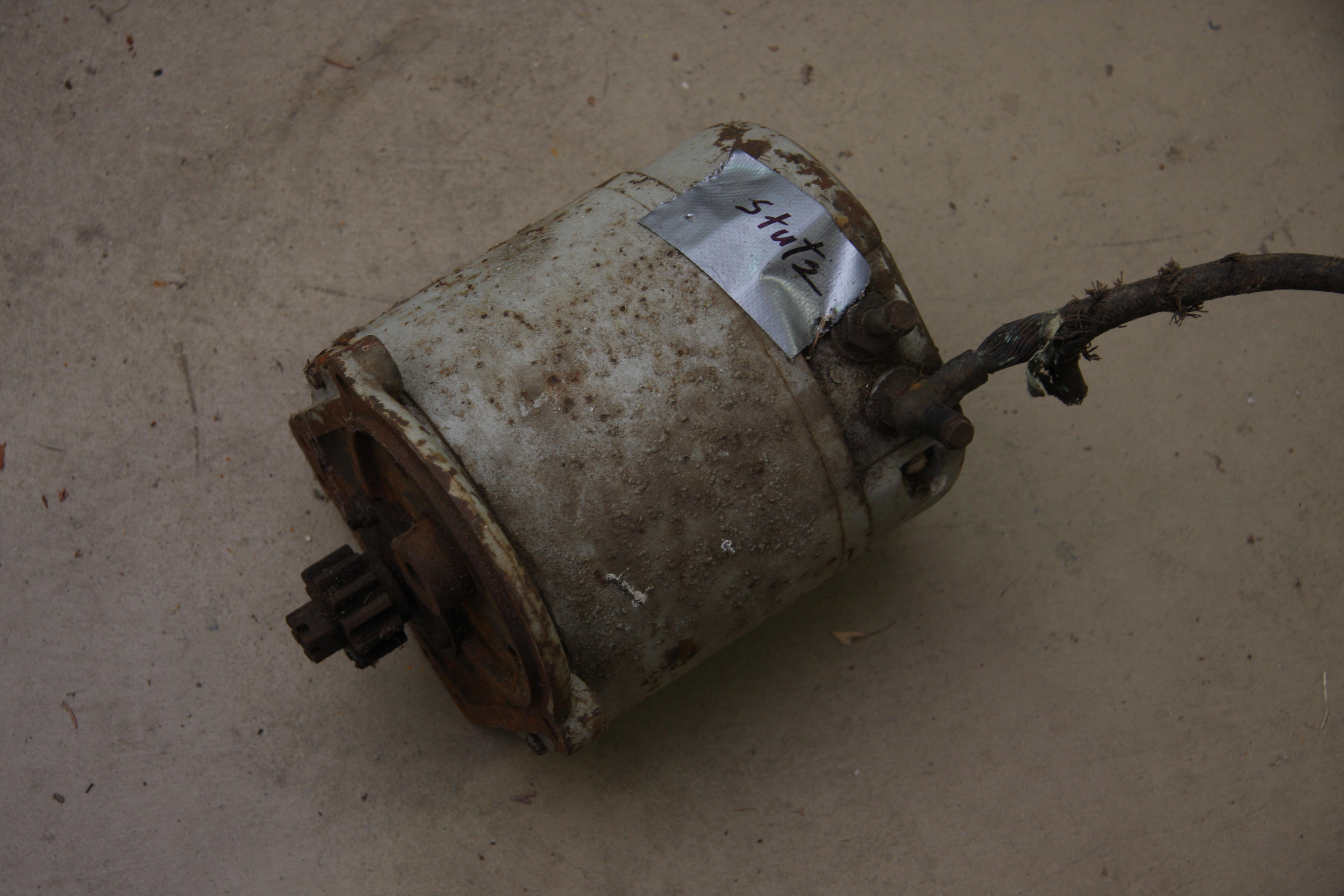
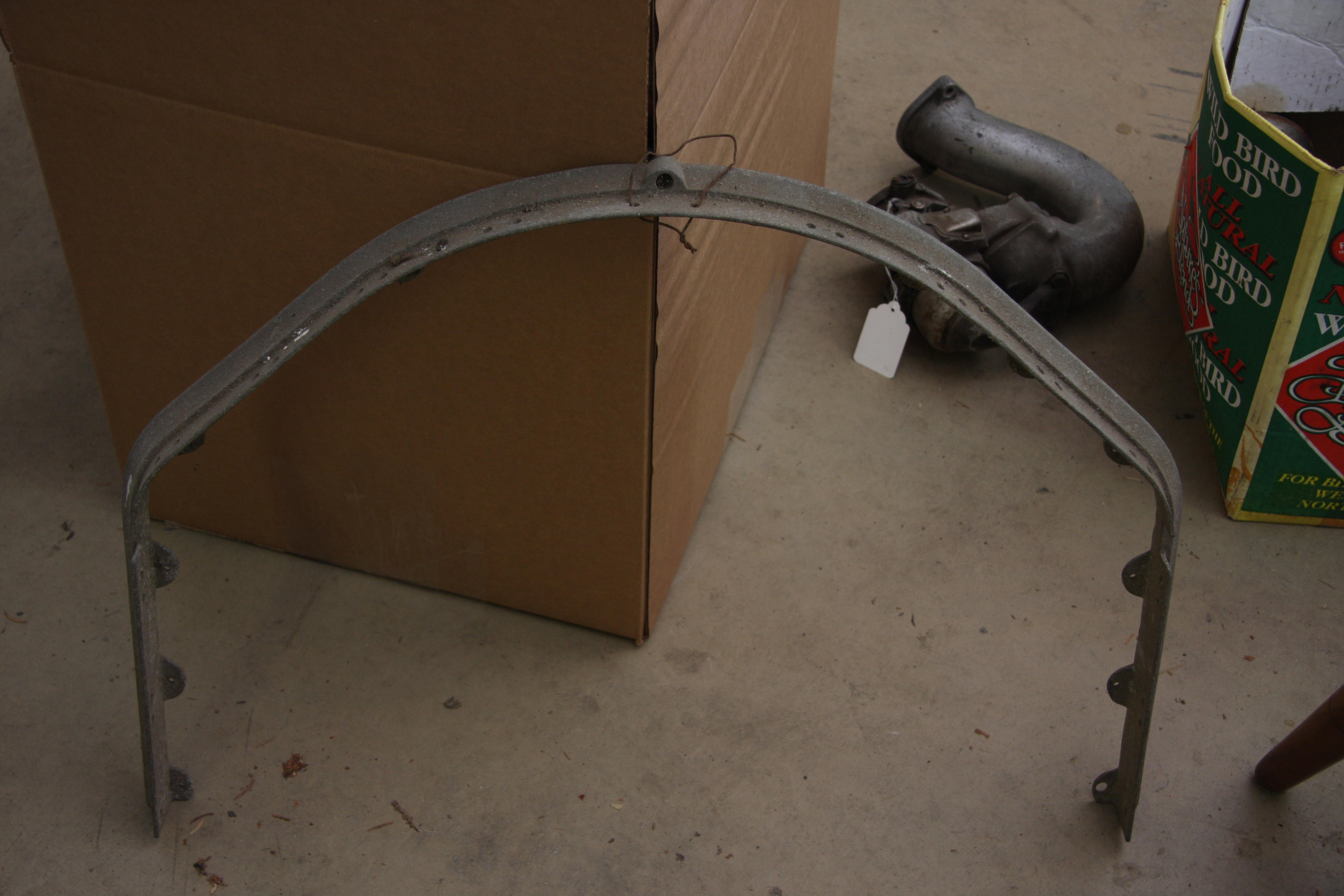
Try LotSearch and its premium features for 7 days - without any costs!
Be notified automatically about new items in upcoming auctions.
Create an alert